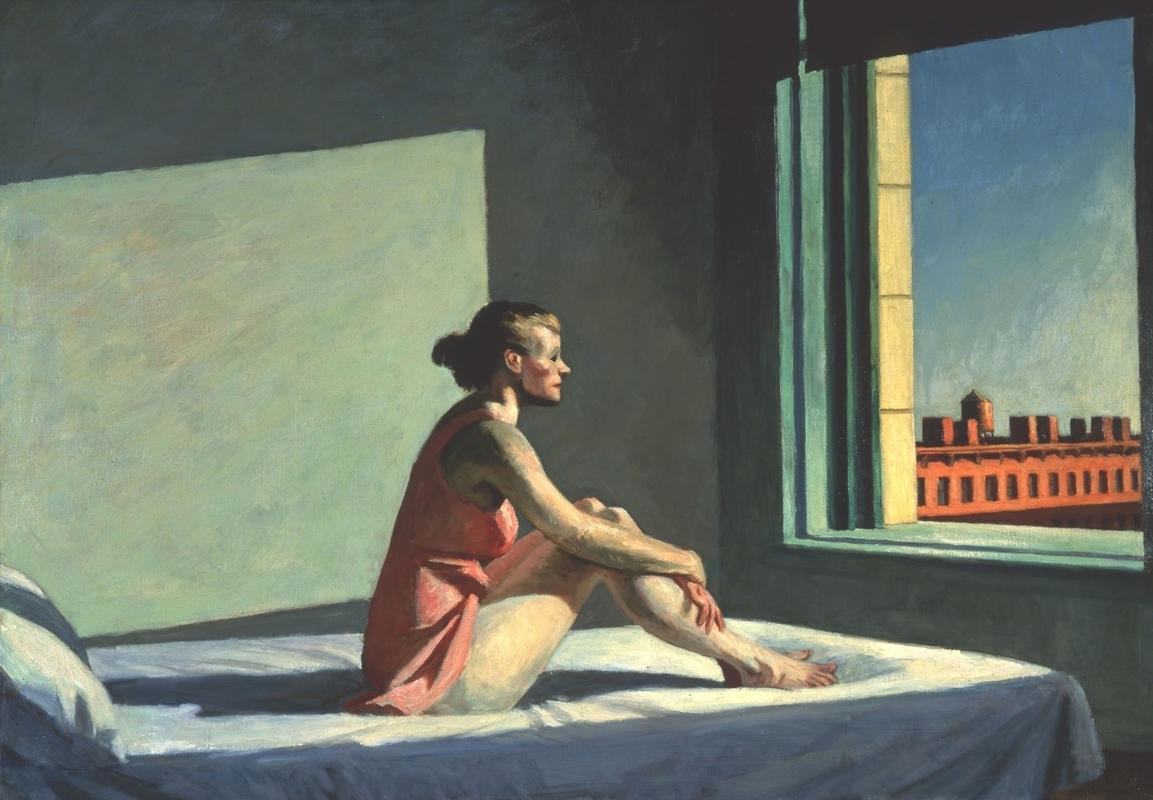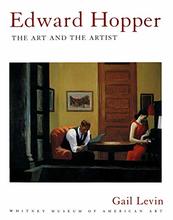More about Morning Sun
- All
- Info
- Shop

Contributor
Edward Hopper is on record as saying that the only thing that he ever wanted to do was “paint sunshine on the side of a house.”
And I mean, that’s kind of all the dude did. That’s not a bad thing, either. Of course it wasn’t always on the side of a house, but like a moth to a flame, Hopper always gravitated toward the presence of light. Morning Sun is no exception.
By the time Morning Sun was made, Hopper was a seasoned vet with a contentedness that every artist strives for. One could definitely say that he was successful in his lifetime, yet the painting still evokes a lot of the existential themes consistent with the post war period of the early fifties. This put him on par with fellow contemporary artist Andrew Wyeth, who was tackling similar themes in his work at the time. But Morning Sun was different. Even though it touches on subjects that reflect the era in a very accurate way, it’s still done through the prism of Hopper’s rigid vision. The prominent use of light in the painting connects it to most of Hopper’s other work as opposed to isolating it to one specific time in his life. Hopper has a lot of recurring themes, but two stand out amongst the rest: isolation & light.
The sad looking woman on the bed is actually Hopper’s wife, Jo. But she isn’t supposed to be Jo in the painting. It isn’t supposed to be anyone, really. That’s why there isn’t that much detail attributed to her face. Part of what makes Hopper’s paintings so powerful is their ability to make people resonate with them. So much of that is rooted in the everyman/woman aspect of the individuals that he portrays. If it’s supposed to be anyone, it’s supposed to be you. You see this painting of a woman sitting alone looking out into the world, and no matter who you are, you can relate to the warmth of the sun, the tickle of the breeze, the sound of the streets, all because you’ve undoubtedly been there yourself.
Hopper’s paintings, and Morning Sun in particular, could be looked at as though Hopper was trying to highlight our isolation in the world. Light breaking through a window to illuminate a scene is definitely enough to fan that flame. But just like so many things in life, there are other ways to look at it. Just as though Morning Sun can represent loneliness, it can also represent optimism. And it’s all about the combination of light and isolation. If you take the light away, there’s simply a single woman looking out of the window. The solitude is front and center.
Suddenly, things might feel a bit bleak. More bleak than they felt originally. But when you add that beam of light, suddenly there’s a glimmer of hope, a tinge of promise. Hopper may like to highlight our urban loneliness, but he does so by literally bringing light to a dark place, reminding us that we’re all in this together.
Sources
- Cotter, Holland. Hopper’s America, in Shadow and Light.” The New York Times. May 4, 2007. https://www.nytimes.com/2007/05/04/arts/design/04hopp.html
- Peacock, James. Edward Hopper: The Artist Who Evoked Urban Loneliness and Disappointment with Beautiful Clarity.” The Conversation. May 18, 2017. http://theconversation.com/edward-hopper-the-artist-who-evoked-urban-lo…
- The Art Story. Edward Hopper. Accessed March 20, 2019. https://www.theartstory.org/artist-hopper-edward-artworks.htm














